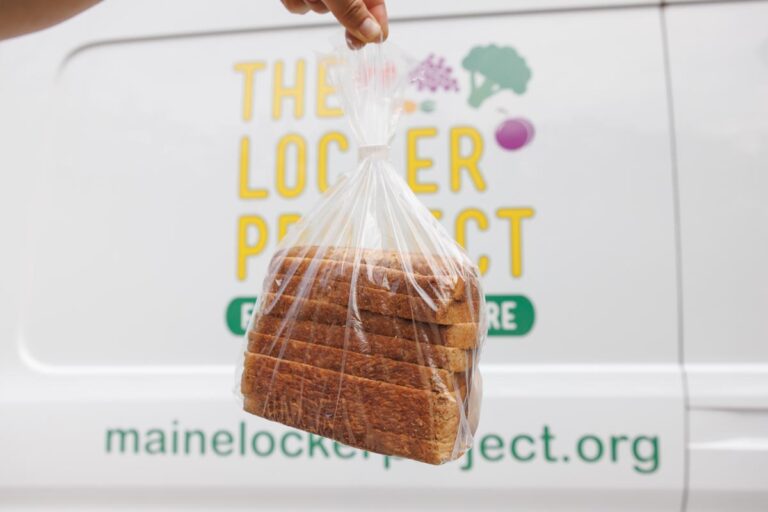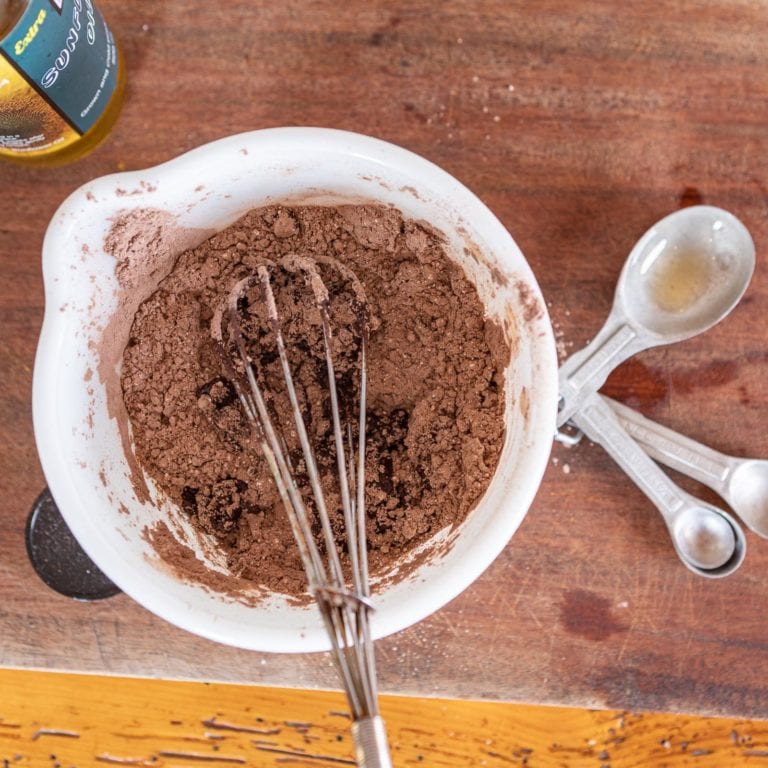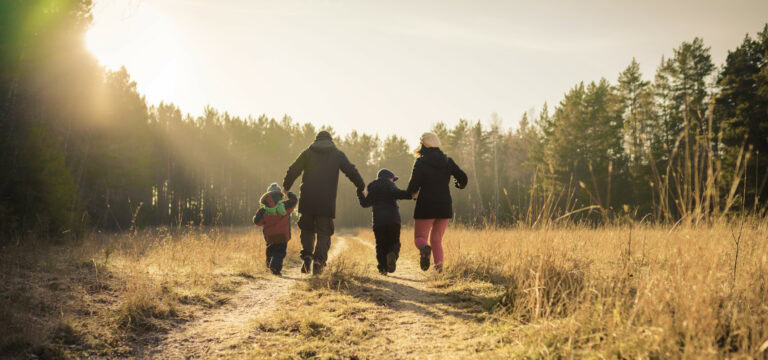Orr’s Island fisherman Herman Coombs stands on Alden’s Wharf and watches as a lobster boat cuts across Lowell’s Cove. “Turn!” he directs its captain, his 15-year-old daughter Jocelyne. She spins the wheel of the Orca (named after the vessel in Jaws, one of her family’s favorite movies) and makes a sharp U-turn but comes up just short of the floating dock’s edge. Jocelyne revs the engine and maneuvers to circle back around for another berthing attempt.
She typically hauls traps in the summer and sells the lobsters for Next Generation Lobster Co. On this trip, Jocelyne’s passengers are her brother and business partner, 11-year-old Riley, and their mom, Monique. Monique is the director of marine programs at the Maine Coast Fishermen’s Association and maintains a blog chronicling the Coombs’ life as a commercial fishing family.
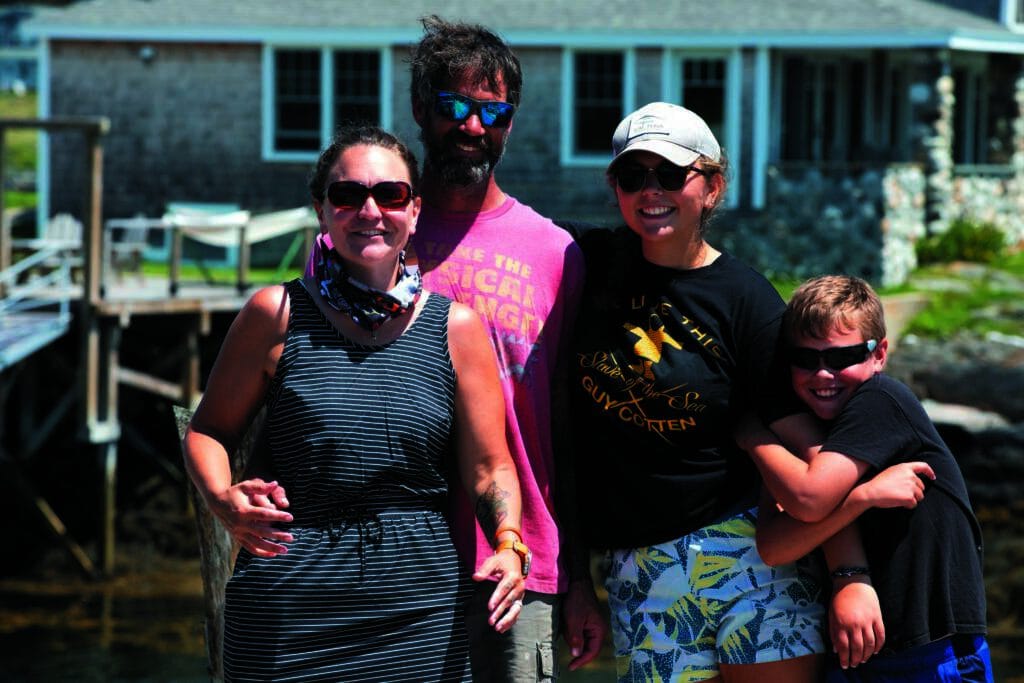
Commercial fishing has always been physically and fiscally risky, but the pandemic has compounded the financial strain on fishing families. The state’s seafood industry—which brought in $674 million in revenue in 2019—is vital to Maine’s economy. Due to the pandemic’s effects on tourism, restaurants, and institutional dining, Maine fishermen have watched their sales plummet even as the cost of fishing itself (fuel, bait, gear, and mooring fees) remains high.
Monique—with fellow fisherman’s wife and blogger Rebecca Spear of Falmouth—are curating The Maine Coast Fishing Families Seafood Cookbook, scheduled for publication in time for holiday gift giving. Inspired by a long line of community cookbooks produced by fishermen’s wives from Jonesport to Cape Neddick, the proceeds from the sale of this book will help maintain the smaller working waterfronts that keep Maine’s fishing families afloat.
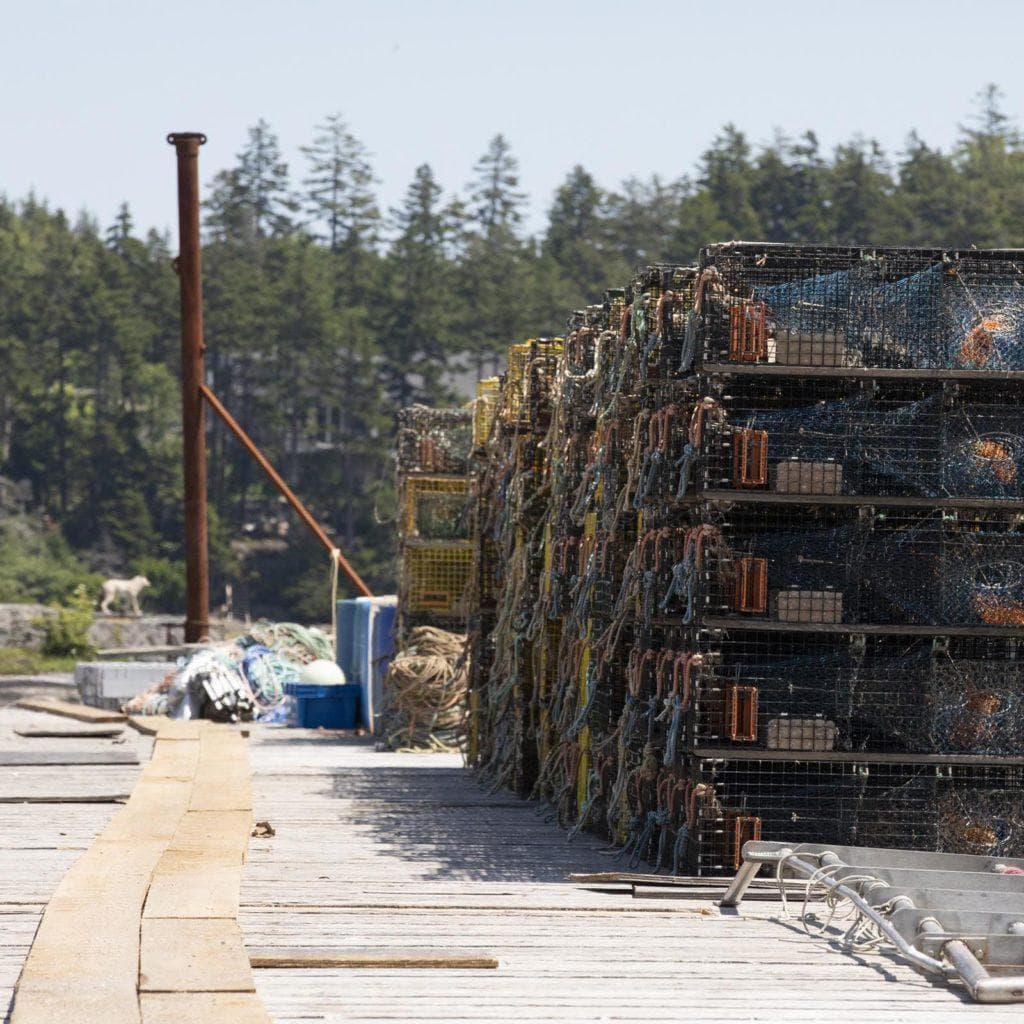
Alden’s Wharf is one of these small and privately owned waterfronts. As she directs visitors to step around the wharf’s weaker planks, Monique explains that while the managers of larger wharves (like Long Wharf and Chandler’s Wharf in Portland) can land federal economic development grants for maintenance, it’s more difficult to find $10,000–$15,000 grants to fund repairs for smaller waterfront assets. Proceeds from the cookbook will benefit places like Alden’s Wharf. “They need the most help right now,” she says.
The new cookbook will encourage Mainers and tourists to buy, cook, and eat almost every species commercially harvested from the Gulf of Maine—from alewives and crab to pollock and tuna. There will be over 100 recipes for soups, appetizers, and main courses collected from across the Maine community, and headnotes will tell the stories of how they were created and how they should be served.
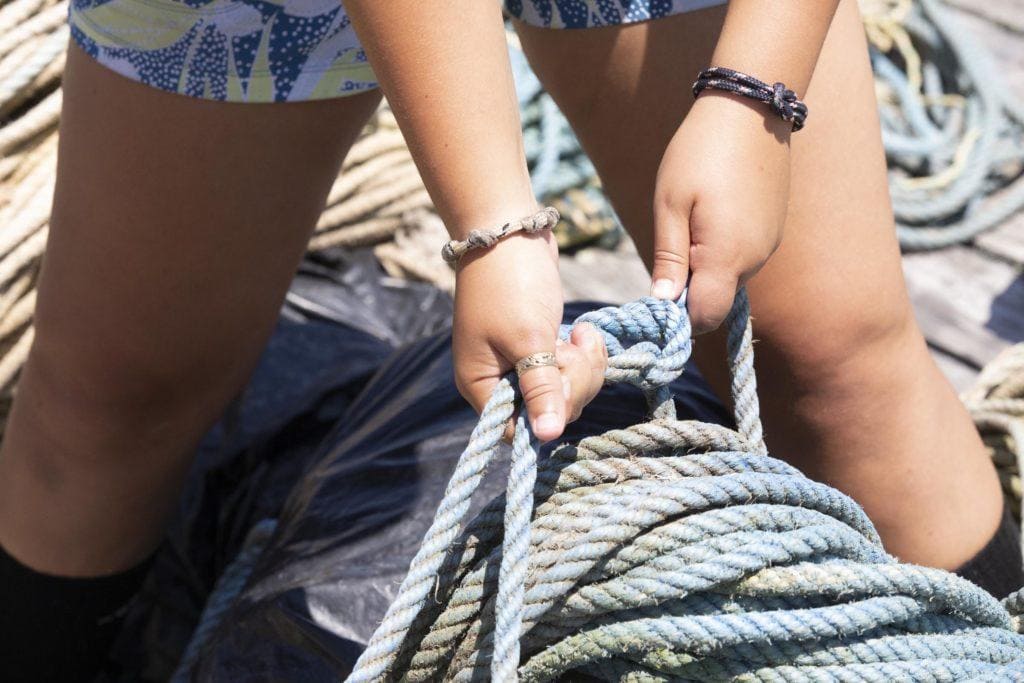
“We’re keeping it close to an old-timey cookbook, while also including some updated recipes,” says Spear. Those include her baked Warm Maine Crab Dip, which she makes for most family gatherings, and Monique’s unique take on the Maine classic corned hake, which involves avocados. The women want the book to convey to cooks that serving seafood at home doesn’t have to be expensive, complicated, or difficult.
Spear’s favorite part of creating the book was reading through the seafood anecdotes written by those who submitted recipes. After all, the purpose of the book is to connect readers and eaters with people working to bring Gulf of Maine seafood to the table.






